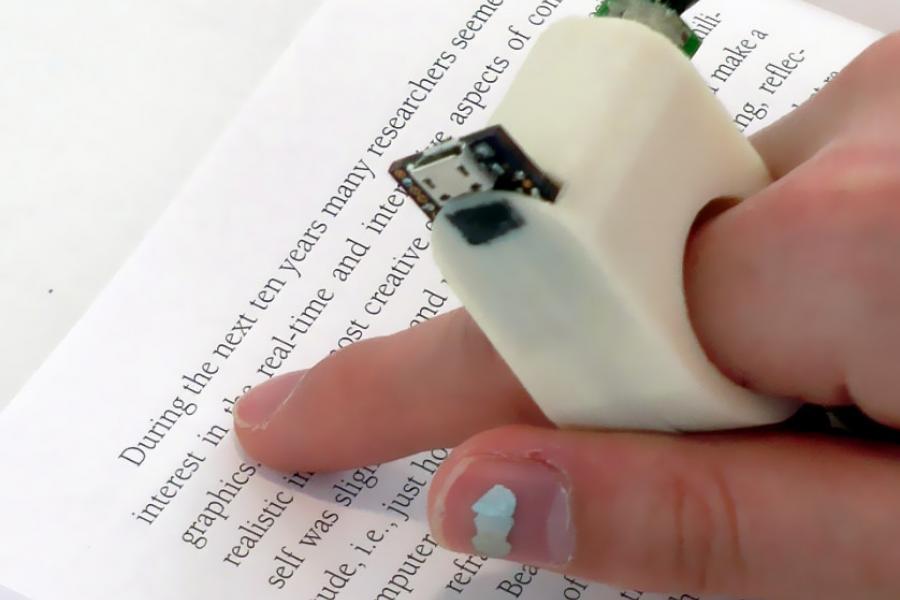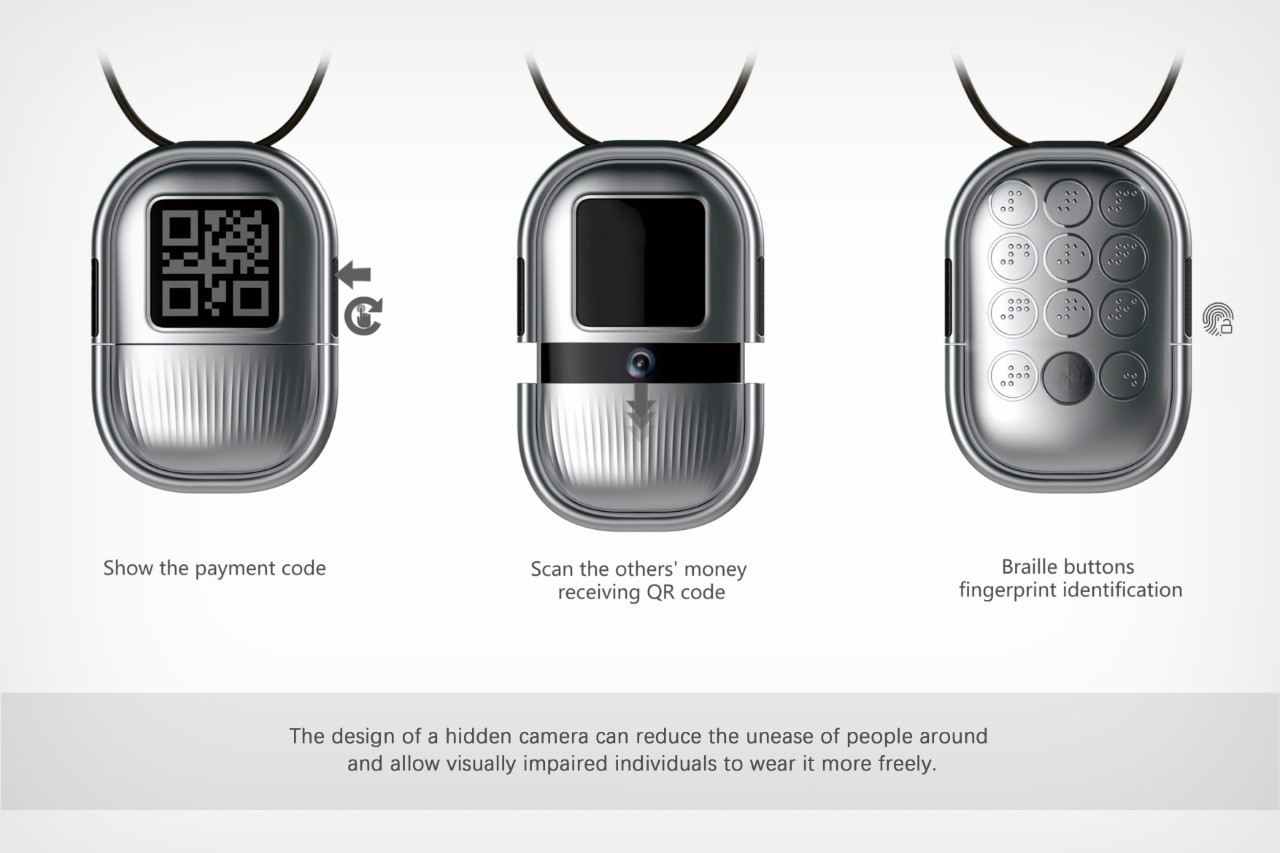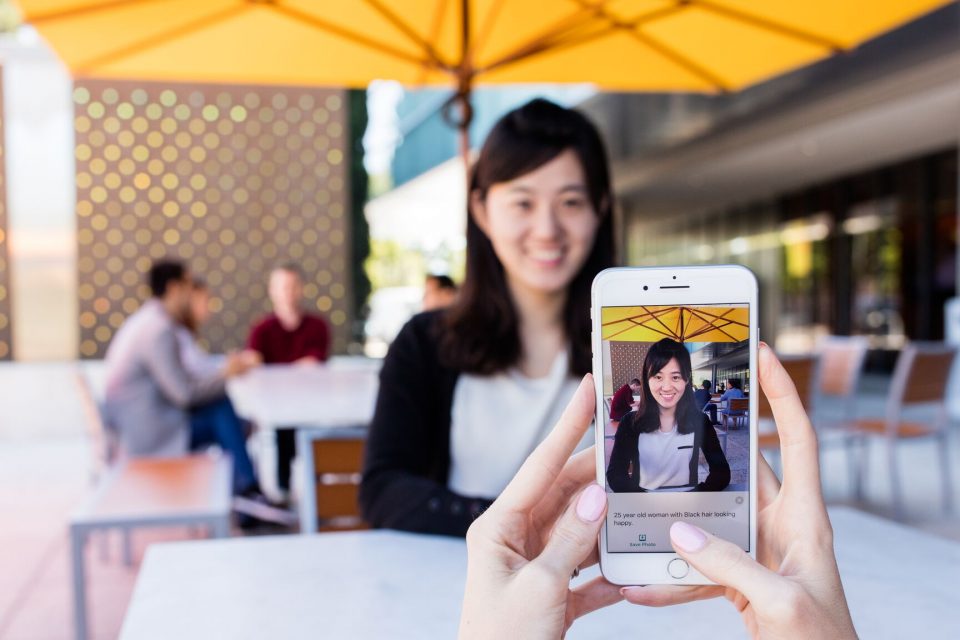OCR Devices for the Blind: Converting Text into Speech with Ease
Wiki Article
Empowering Independence With Assistive Modern Technology for the Blind
The combination of assistive technology into the lives of people with visual impairments represents a considerable improvement in promoting independence and self-sufficiency. From cutting-edge screen visitors to advanced wise walking sticks, these devices not just enhance daily navigation and communication but also empower individuals to engage meaningfully in numerous facets of life. As we explore the myriad advantages and real-world applications of these technologies, it comes to be important to examine the hidden elements that add to their efficiency and the possibility for future developments in this vital field.Summary of Assistive Technology

The advancement of assistive modern technology is grounded in principles of inclusivity and empowerment. Technologies in software program, equipment, and sensory enhancements provide customers with options tailored to their certain requirements. From screen visitors that transform message to speech, to tactile tools that communicate information with touch, these tools transform the method people involve with their surroundings.
Along with practical applications, assistive technology fosters greater social inclusion and participation in various industries, consisting of education and work (Speech-to-text devices for low vision). As research and advancement remain to advance, the possibility for assistive modern technology to further improve the lives of visually damaged individuals continues to be encouraging, leading the means for a more equitable culture where everybody can thrive
Kinds of Assistive Tools
A range of assistive tools have actually emerged to support individuals with visual impairments, each developed to fulfill particular needs and improve everyday performance. These devices range from low-tech services to modern advancements, providing varied options for customers.Low-tech tools consist of magnifiers and large-print products that help in reading and writing. Braille devices, such as Braille slates and styluses, enable tactile reading and interaction. Positioning and wheelchair help, like white walking sticks, assist individuals navigate their environment securely.
On the greater end of the range, digital zoom systems and screen viewers provide substantial assistance. Electronic magnifiers allow users to expand message and pictures on screens, while screen visitors convert electronic web content into synthesized speech, helping with accessibility to details on smartphones and computer systems.
Smartphone applications likewise play a crucial duty, supplying features like message acknowledgment and navigation aid. Wearable technology, such as clever glasses equipped with increased truth, is arising as an appealing device to boost situational understanding.
Benefits of Assistive Innovation
The assimilation of assistive technology significantly boosts the top quality of life for people with aesthetic disabilities. These modern technologies empower customers by advertising independence, allowing them to navigate their atmospheres better and execute day-to-day jobs with greater simplicity. Screen visitors and zoom software application allow people to accessibility digital information, cultivating professional and instructional chances that may have previously been out of reach.Additionally, assistive devices such as clever canes and GPS applications provide real-time navigating assistance, improving movement and security. This increased autonomy not only improves self-worth yet additionally encourages social engagement, permitting users to get involved even more completely in their areas.
Assistive modern technology additionally promotes interaction, aiding individuals attach with others through voice recognition and text-to-speech applications. This capability is essential for maintaining partnerships and accessing important details.
Furthermore, the customization alternatives available with several assistive technologies make sure that customers can customize devices to their specific requirements, further improving functionality and efficiency. In general, the advantages of assistive technology for people walk in eye doctor with visual disabilities are extensive, promoting an extra comprehensive culture where every person can seek their objectives and goals.
Study and Success Stories
Highlighting the transformative effect of assistive modern technology, many study highlight exactly how people with visual problems have actually efficiently incorporated these devices into their day-to-days live. One engaging instance entails an university student that utilized display reading software application to browse scholastic materials and online sources efficiently. This technology not only promoted her education but also enhanced her confidence in taking part in conversations and group jobs.Another situation research includes a professional who utilizes a smart device application made for navigation and item acknowledgment. By utilizing this app, he has regained freedom in both his individual and workplace, allowing him to commute individually and engage with coworkers better.
In addition, a retiree shared her experience with braille e-readers, which enabled her to access a substantial array of literature and remain gotten in touch with her community via book clubs.
These success stories underscore the critical role of assistive innovation in promoting freedom, improving lifestyle, and advertising social combination for individuals with aesthetic disabilities (OCR devices for the blind). By welcoming these innovative devices, individuals can conquer difficulties and take chances that add to their personal and specialist gratification

Future Fads in Assistive Technology
Technology in assistive innovation is poised to redefine the landscape of assistance for individuals with visual impairments. Arising fads emphasize the combination of expert system (AI) and artificial intelligence, which enhance the performance of gadgets that assist with navigating and information ease of access. For example, AI-driven applications are now capable of analyzing visual information in real-time, allowing customers to involve with their atmosphere a lot more independently.In addition, the growth of wearable innovation is advancing quickly. Smart glasses geared up with enhanced truth (AR) can give audio summaries of environments, changing how individuals interact with public rooms. These gadgets not just promote autonomy but also foster social addition.
In Addition, the Net of Points (IoT) is making homes smarter, enabling seamless connection between assistive tools and day-to-day devices. This connection encourages users by allowing automated feedbacks anonymous and voice-activated controls customized to individual demands.
Conclusion
Finally, assistive technology plays a pivotal role in encouraging people with visual impairments by enhancing their independence and engagement with their surroundings. The varied range of tools and applications available Recommended Reading not just facilitates navigating and communication however likewise promotes social combination and opportunities for expert and individual growth. As improvements proceed in this field, the possibility for boosting the lifestyle for those with aesthetic disabilities will broaden, fostering greater freedom and empowerment.
Report this wiki page